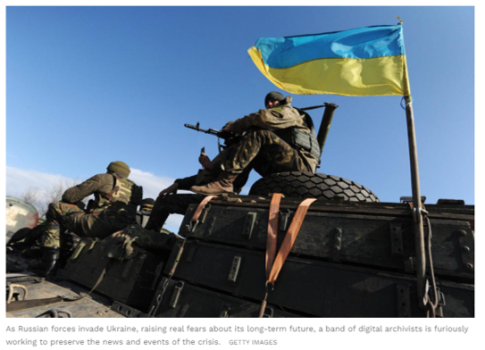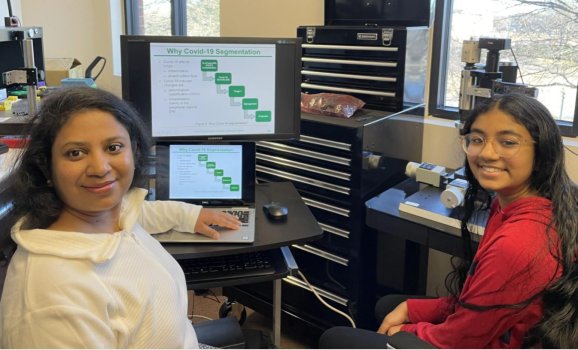The Strategic Building Blocks Of Ethical AI: Representation, Governance And Leadership
- Technology Workforce
- 0 Replies
We're all acutely aware of the powerful capabilities and potentially dangerous consequences of AI innovations, a topic I wrote about in April of last year, but we are only beginning to put more thought into preparing for the global workforce to undergo a massive technological shift that many are calling the "fourth industrial revolution."
According to a recent release from the International Data Corporation (IDC), "worldwide revenues for the AI market ... were forecast to grow 16.4% in 2021, equating to $327.5 billion. By 2024, the market is expected to break the $500 billion mark with a five-year compound annual growth rate (CAGR) of 17.5% and total revenues reaching an impressive $554.3 billion.”
In order to ensure ethical use and development of AI solutions, I have been investing time with AI tech and thought leaders to establish the commonly raised concerns surrounding the impacts of AI on women in tech and begin formulating recommendations for organizations in their ethical adoption of AI.
Interwoven into all of the topics raised during these conversations were three fundamental strategies needed to achieve fairness in AI development and use: executive leader readiness, representation of women and people of color and stakeholder governance.
Executive Leader Readiness To Drive Rapid Change
It's widely agreed that organizations that want to tackle the problem of the underrepresentation of women and minority voices in AI need diversity in the leadership ranks, which can affect how problems are recognized and how talent is developed. Beyond diversifying leadership, it's also vital that leaders leading AI initiatives and companies are prepared for all facets of new wave of innovation.
Leaders must be experienced with or trained in managing rapid change and in supporting their teams in times of great digital transformation by, for example, making change leadership training a vital resource for leader readiness. Similarly, leaders must develop innovation principles for their organizations that ensure representation and accountability in AI systems and uphold consequences for any developers or users who fail to meet these standards. These principles should serve as a scorecard to rate and monitor the progress of AI innovation for transparency, security, diversity and representation, accessibility and market readiness.
Continue reading: https://www.forbes.com/sites/forbestechcouncil/2022/02/25/the-strategic-building-blocks-of-ethical-ai-representation-governance-and-leadership/?sh=3be1132e738f
According to a recent release from the International Data Corporation (IDC), "worldwide revenues for the AI market ... were forecast to grow 16.4% in 2021, equating to $327.5 billion. By 2024, the market is expected to break the $500 billion mark with a five-year compound annual growth rate (CAGR) of 17.5% and total revenues reaching an impressive $554.3 billion.”
In order to ensure ethical use and development of AI solutions, I have been investing time with AI tech and thought leaders to establish the commonly raised concerns surrounding the impacts of AI on women in tech and begin formulating recommendations for organizations in their ethical adoption of AI.
Interwoven into all of the topics raised during these conversations were three fundamental strategies needed to achieve fairness in AI development and use: executive leader readiness, representation of women and people of color and stakeholder governance.
Executive Leader Readiness To Drive Rapid Change
It's widely agreed that organizations that want to tackle the problem of the underrepresentation of women and minority voices in AI need diversity in the leadership ranks, which can affect how problems are recognized and how talent is developed. Beyond diversifying leadership, it's also vital that leaders leading AI initiatives and companies are prepared for all facets of new wave of innovation.
Leaders must be experienced with or trained in managing rapid change and in supporting their teams in times of great digital transformation by, for example, making change leadership training a vital resource for leader readiness. Similarly, leaders must develop innovation principles for their organizations that ensure representation and accountability in AI systems and uphold consequences for any developers or users who fail to meet these standards. These principles should serve as a scorecard to rate and monitor the progress of AI innovation for transparency, security, diversity and representation, accessibility and market readiness.
Continue reading: https://www.forbes.com/sites/forbestechcouncil/2022/02/25/the-strategic-building-blocks-of-ethical-ai-representation-governance-and-leadership/?sh=3be1132e738f


























